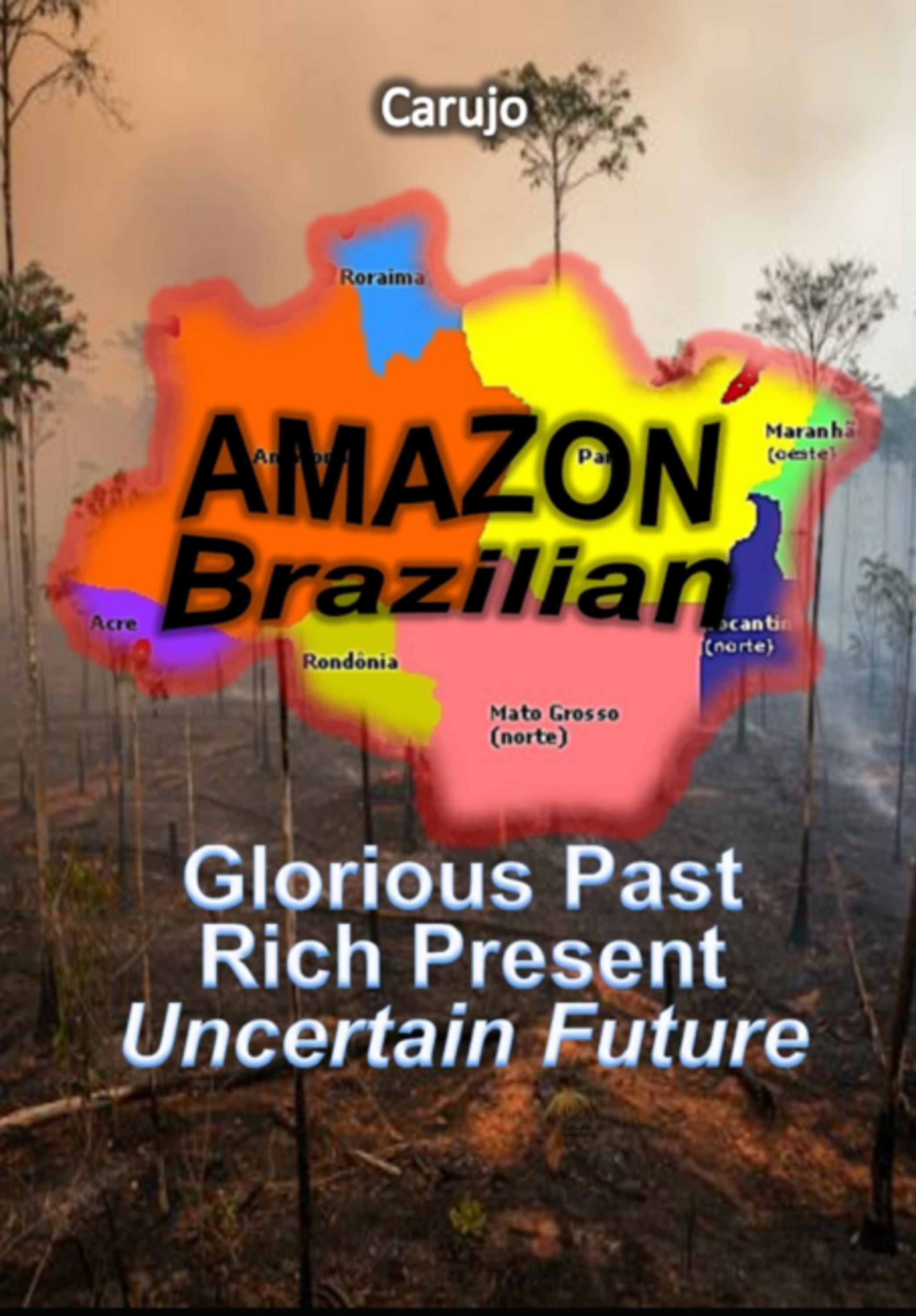This new book by Carlos Araujo Carujo, The Brazilian Amazon, subtitled A Glorious Past, a Rich Present, and an Uncertain Future of the renowned World Heritage Site, takes the reader on a journey through the history of the Amazon, from prehistory to the present day, beginning with the pre-Columbian occupation. After millennia of adaptation and development, the transformations of the colonial and imperial Amazon, and the Pombaline Directorate, arrived. With the Rubber Cycle, there was the replacement of indigenous labor with African slavery. In the 20th century, from stagnation to uncontrolled occupation, the Amazon returned to extractivism. The work describes that, in Brazil, the concept of the Legal Amazon was created in 1966. It currently includes: Amazonas, Acre, Pará, Amapá, Roraima, Rondônia, Mato Grosso, Maranhão, Goiás, and Tocantins, each with its own characteristics. The Amazon Basin Region comprises the Amazon River basin, the largest hydrographic basin on the planet, although the cradle of Brazil s waters is the Cerrado, where most of the country s waters originate, with the sources of the São Francisco, Amazon/Tocantins, and Prata rivers. The great Amazon River basin is made up of 25,000 kilometers of navigable rivers. Critical themes to be addressed by the book are: 1.Population growth 2.Economy 3.Vegetation cover, deforestation 4.Protected areas 5.Land regularization
